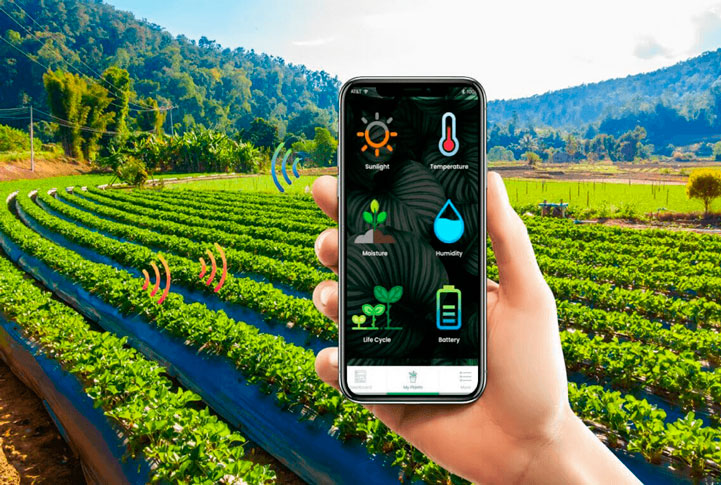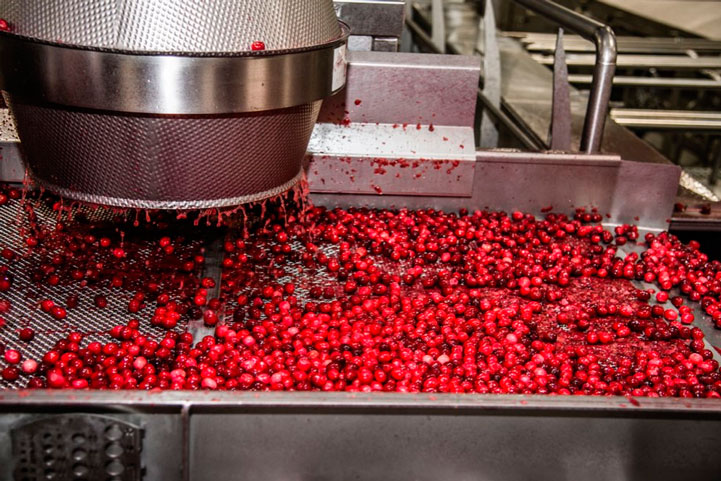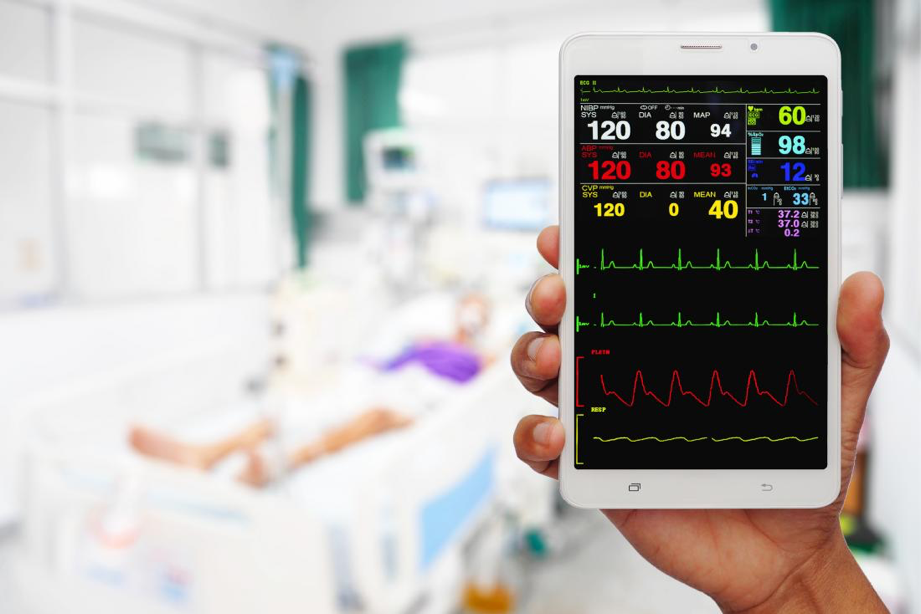Technological platform with the Internet of Things (IoT) technology for agricultural systems
$24,700.00
Our proposal proposes a technological platform with the Internet of Things (IoT) technology for agricultural systems, which will provide information to create a numerical hydrological model, as well as a hydraulic model to predict water levels in urban and rural areas with special focus on the agro-industrial sector. However, it can be applied to other sectors, both primary, secondary and tertiary, such as in construction, tourism, and transportation, to name a few.
Description
Recent events such as Hurricane Patricia in Mexico (Oct-2015) caused high-spread floods that have emphasized the need for systems that can predict the dynamic behaviour of large-scale water flows. The project will use a network of innovative hydrological sensors strategically located in Mexico’s rivers, lagoons, and streams, used to record elevation, depth, calculate the discharge rate, and define or predict the natural but dynamic relationships between water entering and leaving A certain area. The system data will be useful for flood prediction, water management, and distribution, water route engineering, dams, blockages, and planning of recreational activities in the water.
The project fits the scope of the call as it provides a solution to a major environmental and agro-industrial problem in terms of poor water management, this will also have enormous health benefits since clean water for consumption will be available for inhabitants of Mexico. Therefore, our project fits the scope both in the environmental, agro-industrial or health categories.
The system will be capable of rapid deployment of more permanent sensors, but at the same time, it will be robust enough to withstand the difficult conditions associated with storms. All equipment will be tested in adverse conditions in which water flows change. Therefore, there is a need for a communications network to interconnect the sensors that collect the information associated with water, location, temperature, and feedback of operating parameters.
The technological platform with the Internet of Things (IoT) technology for agricultural systems can be permanently installed or located for periods of months if the deployment in new areas of interest requires it. Real-time data will be available to authorities through an interactive server and to individuals through an application for smartphones with access rights. It can be useful for a farmer who needs to know the amount of water for irrigation of planting and at the same time for the authorities to know water discharges in rivers and lagoons that would allow them to predict and plan flood systems.






